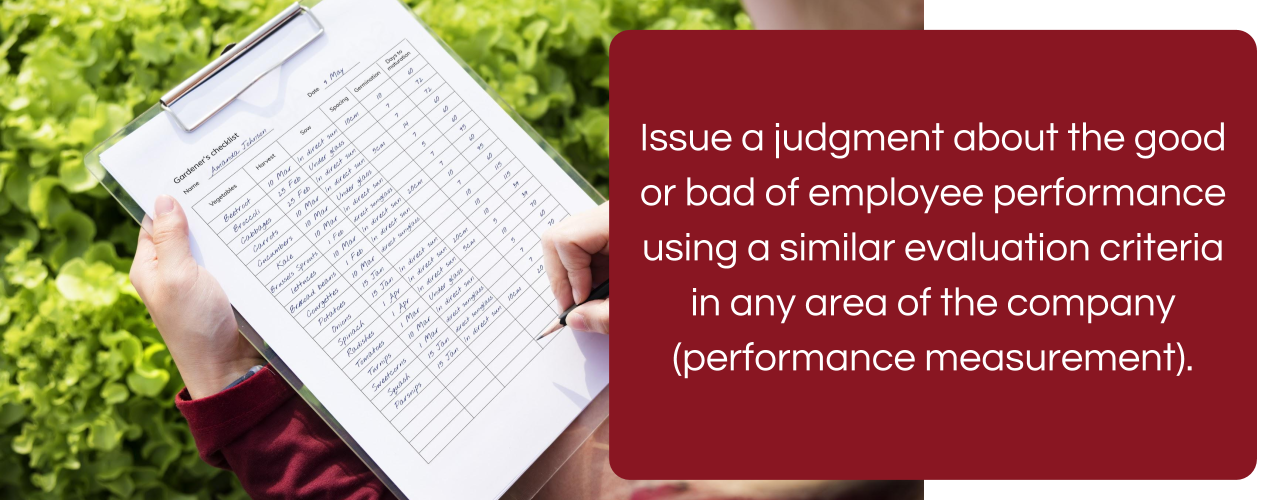Estimated time of reading: 30 minutes
3.1 Direction of the Human Resource
https://youtu.be/7gaRH3Z6neU
The human resources management function includes several areas of work that depend on the Human Resources Department and include other functions that can (and should) be exercised by any other member of the organization that has responsibility for one or more persons. Within the latter, the two most important are the functions of motivation and leadership. We speak, therefore, of specific functions of the Human Resources Department (selection, training, evaluation) and of generic or transversal functions (motivation and leadership).
The Human Resources Department is normally a staff department that works in collaboration with the strategic apex and that communicates and coordinates with the rest of the departments of the organization.
The Human Resources Department, in a traditional manner, has also assumed the functions of personnel administration, which include the tasks related to the management of registrations and withdrawals, payroll, presence control and absenteeism, etc.


Let´s read this abstract of the book: Bring Your Human to Work
| 10 Surefire Ways to Design a Workplace That’s Good for People, Great for Business, and Just Might Change the World
Consultant and Spaghetti Project founder Erica Keswin’s 10 “surefire” ideas for designing a workplace that works are pure common sense. Your employees want a comfortable environment, flexible schedules, work-life balance and inspiring leaders. Millennials and Gen Z employees, in particular, Keswin says, expect corporate responsibility, sustainable practices and professional development.
In this work we will focus on the subfunctions of human resources management that have more to do with the activity of the intermediate manager, regardless of the department in which he / she is; that is, the sub-function of performance evaluation, as well as the transversal sub-functions of motivation and leadership.
Performance evaluation
An important part of the managerial activity has to do with the maintenance and improvement of the performance of the people who work in the company, or what is the same, with the performance of the jobs. Therefore, managers have to measure the performance of their employees and offer valid information if they want it to improve, even if monetary compensation is not at stake.

Let´s check the following slides to know more about performance evaluation:



Through the assessment of performance, companies achieve a series of advantages such as establishing a rational basis for building a premium system, setting strategic objectives and clarifying performance expectations or informing individuals about their own performance. From the employee’s point of view, information about performance is not only necessary but also desired; It is fair that the differences in employee performance are measured and that these affect the results and, in addition, the assessment and recognition of performance can motivate workers to improve their performance.
The evaluation of performance or individual performance is useful to make many decisions related to the administration of human resources:
Many organizations try to motivate their employees based on remuneration, bonuses and other monetary incentives related to their performance. It is, therefore, that organizations must have accurate methods of evaluating the performance or performance of their employees.
Information about performance evaluation can be used to make decisions about personnel displacement: who should be promoted, transferred or fired?
One of the basic objectives that the evaluation of performance aims to achieve is to increase work performance. Thus, you must offer feedback to employees about their specific qualities and their development needs.
Likewise, the identification of areas with inadequate performance allows managers to suggest training courses to improve some skills.
One of the limitations of performance evaluation is its subjective nature. The most common errors in performing performance evaluations are:
Biases related to the characteristics of the evaluator, so young managers who have received unsatisfactory evaluations tend to evaluate others more rigorously than mature managers with more experience; Evaluators with high self-esteem, good social skills and emotional stability perform more objective evaluations than managers with opposite personality traits.

Indulgence, which happens when an individual evaluates the employees of a group above the level they deserve.

Severity, which happens when an individual evaluates the employees of a group below the level they deserve.

Halo effect, which happens either when the evaluator’s information about the performance of an employee in one dimension determines the evaluation of all the other dimensions, or when the supervisor makes a general judgment about the worker and adjusts the ratings of all the dimensions to that judgment.

Central tendency, which is an error in the evaluation and that occurs when a manager assigns average ratings to all his employees even though his performance is different.
Thus, when managers have a broad scope of control and few opportunities to observe the behavior of their employees, they usually opt for a secure solution that consists in qualifying the majority of their subordinates with an intermediate value in the evaluation scale.


